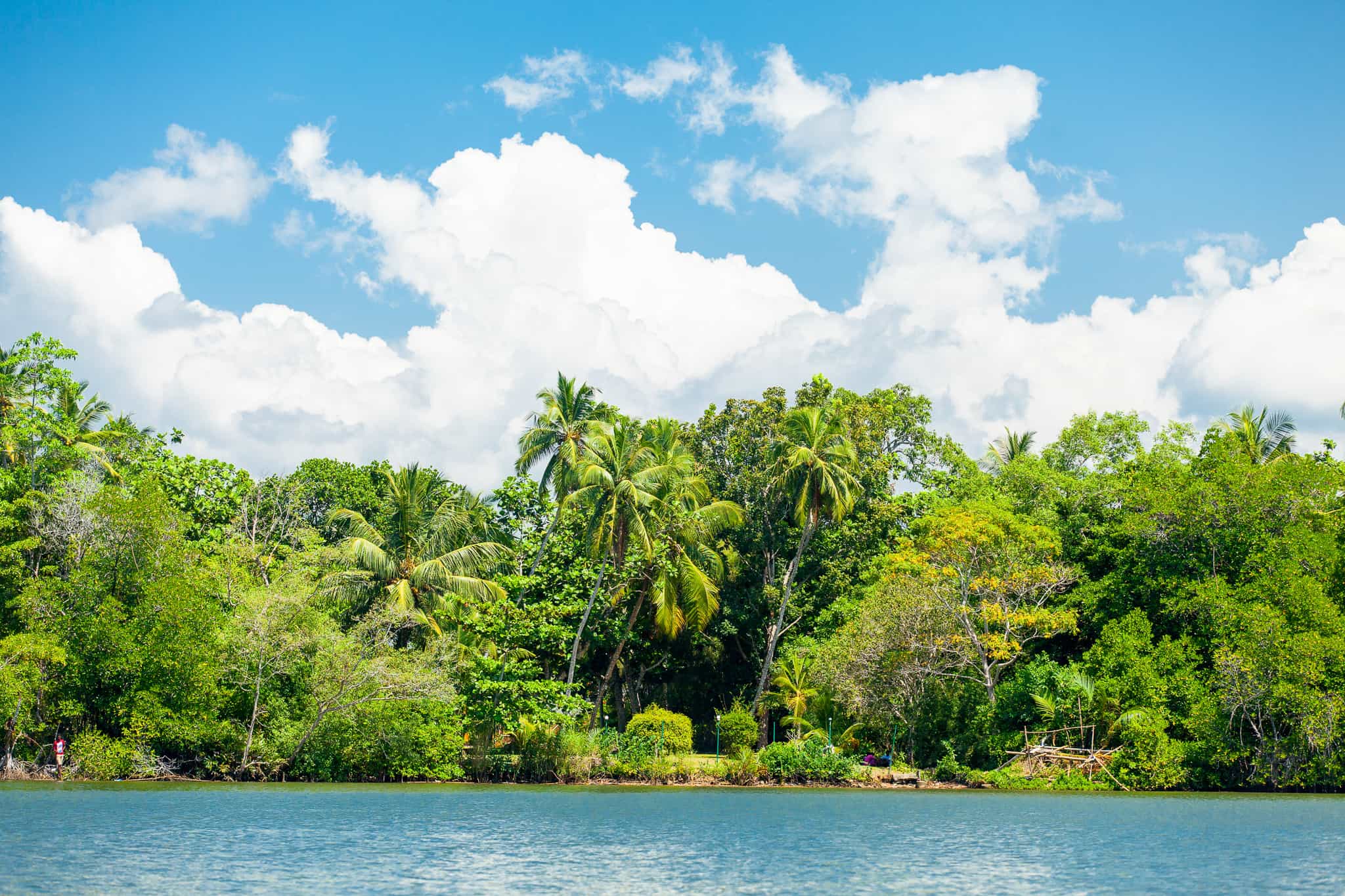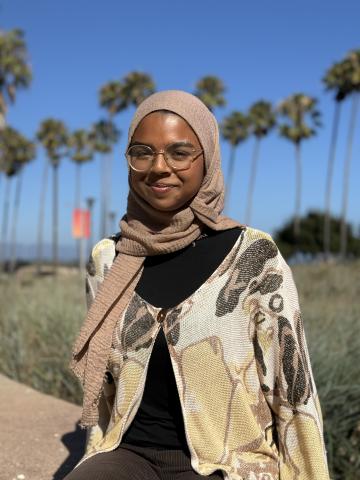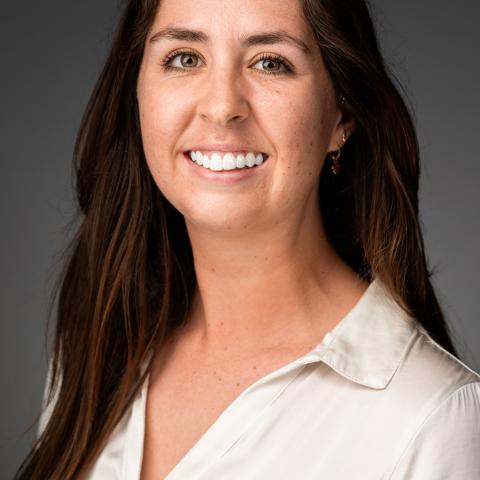Island ecosystems, such as Santa Cruz Island and Palmyra Atoll, are rich in biodiversity but highly vulnerable to invasive species, especially rats. These invaders pose serious threats to native species due to their adaptability and generalist characteristics. Toxicant baits, a traditional method for rat control, can harm non-target species, including rare island animals like the Channel Island fox and the Guam kingfisher. Our goal is to improve biosecurity strategies on islands by developing innovative, non-toxic methods for managing invasive species populations while ensuring the safety of endemic species.
Our project aimed to evaluate the effectiveness of Goodnature’s A24 devices, a non-toxic, self-resetting rat trap that minimizes ecological impact while protecting native species. The study, conducted at The Nature Conservancy preserve on Santa Cruz Island and at UCSB’s Coal Oil Point Reserve, used remote cameras to monitor how both native and invasive species interact with these novel traps. We found that Goodnature A24 traps with a blocker can exclude Island fox, Island skunk, and Island scrub jay. Although A24 devices can prevent harm to island species, our results suggest that these devices may be ineffective at successfully attracting and eliminating rats. Additionally, we observed that rats are not deterred by predator presence. We recommend further testing of Goodnature A24 traps and other biosecurity devices to ensure both the safety of island endemic species and the successful eradication of potential invasive species.
Hibah and Madi’s Impact:
- Reviewed and synthesized literature on invasive species management on islands, non-toxic biosecurity technology, and wildlife camera data analysis tools.
- Developed and implemented a remote camera study to monitor species interactions with traps on Santa Cruz Island and at Coal Oil Point Reserve.
- Analyzed camera footage in RStudio and produced a final report documenting methods, findings, and recommendations for The Nature Conservancy Island Biosecurity team.
- Presented findings to stakeholders, advocating for safe and effective biosecurity technologies.


